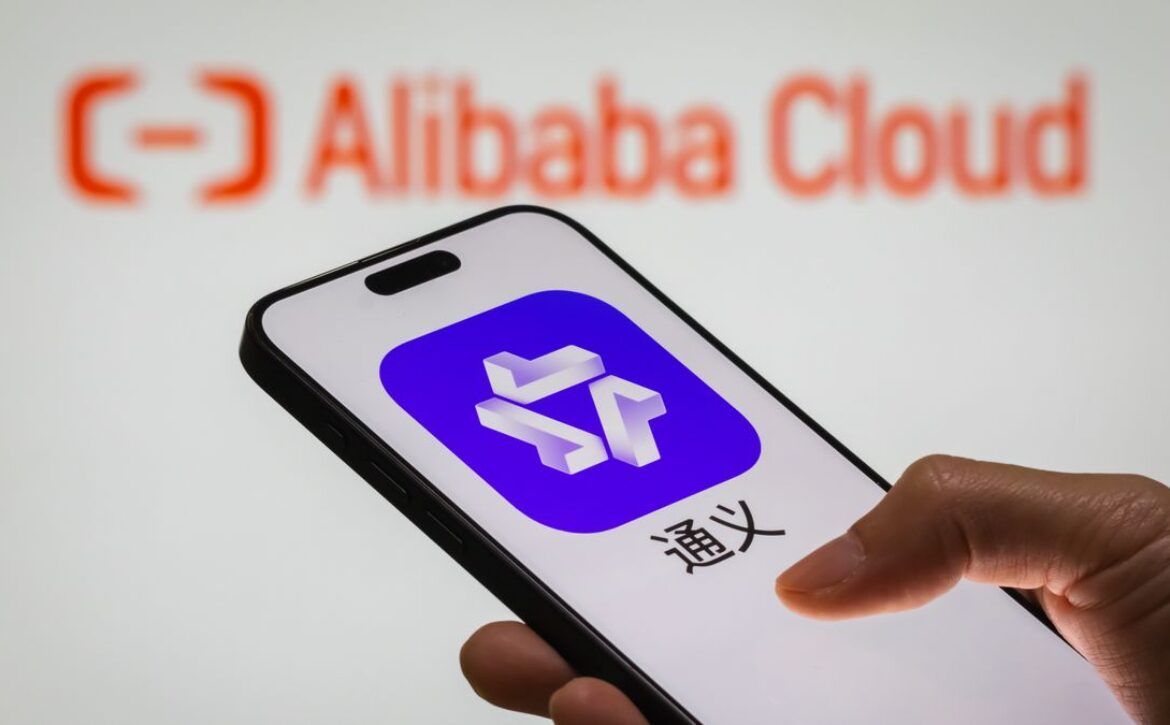
Alipay Unveils Annual Report for Wallet-Free Chinese Users
Published:January 4, 2018
Reading Time:5 min read
Want to read in a language you're more familiar with?
Mobile payments accounted for 82 percent of all payments on the Alipay platform in 2017, according to an Alipay report published on January 2. Many people in Ch...
Mobile payments accounted for 82 percent of all payments on the Alipay platform in 2017, according to an Alipay report published on January 2. Many people in China are going wallet free and using digital payment for their transactions. From January 3, Alipay users will be able to use the app to check their annual bills.

 Bus Tickets Bought by Phone[/caption]
Bus Tickets Bought by Phone[/caption]

SEE ALSO: Alipay, WeChat Pay Enter Southeast Asia and Local Mobile Payment Market
In 2017, mobile payments accounted for 82 percent of Alipay's platform activity. Searches for "wallets" on e-commerce platforms fell for the first time. With the launch of Alipay code handling and support for scanning codes for bike sharing and other services, many Chinese people now prefer to pay with their mobile devices. Mobile payment not only brings convenience, such as removing the need for wallets, but also leverages the greater potential of society. Mobile payments can build up credit, allowing more users to access financial services, such as credit and insurance.
8 of 10 Alipay Payments Sent from Phones
According to Alipay's records, some 82 percent of Alipay's 520 million made mobile payments in 2017. The proportion of users in Guizhou and Shanxi reached 92 percent, ranking first in China. In 11 provinces, the mobile payment ratio exceeded 90 percent. In 2016, only one province had such high proportion of mobile payments. Alibaba data also confirms this trend: over the past three years, the search volume of bags and suitcases has risen steadily, but that of "wallet" decreased for the first time in 2017. One reason for the surge in mobile payments is the spread of Alipay payment codes. During the past year, more than 40 million small businesses across the China added QR code stickers to support mobile payment. Mobile payment is commonly accepted in Chinese restaurants, shops, doll machine and snack bars – even by street performers. Mobile payment is so popular in China that it has started to affect traditional industries. In March 2017, the two men flew to Hangzhou and robbed three stores but only took less than 2,000 yuan in cash – not even could cover their flight tickets. [caption id="attachment_3649" align="aligncenter" width="630"] Bus Tickets Bought by Phone[/caption]
Bus Tickets Bought by Phone[/caption]
The bus and subway both support mobile payment.
Public transportation is the most important method of city travel, but signal and time requirements long made it one of the most difficult fields for mobile payment. Practices at home and abroad are preparing changes as they accept transportation cards. Thanks to technological breakthroughs, more than 30 cities' buses and subways supported Alipay in 2017. Commentators wrote that "the last reason to carry a wallet is gone." Public service departments across China have opened a "window" on Alipay, enabling people to pay and do things at home without travelling. In 2017, more than 200 million citizens handled more than 100 services on Alipay, including social security, transportation and civil administration. The use of Alipay to pay fees, shop and travel without the wallet is spreading to more countries and regions. In 2017, Alipay accelerated its pace of going abroad. Alipay has connected with hundreds of thousands of merchants in 36 countries and regions, and the total number of payments increased by 306 percent compared with 2016.Mobile Payments go Global
Going out without a wallet has becoming the norm for Chinese people. Many foreign dignitaries are amazed when they first experience mobile payment. Singapore's Prime Minister Lee Hsien Loong recounted one story about being surprised to see people in China buying chestnuts with a wave of their mobile phone. Lee said Singapore was introducing China's mobile payment technology, and that its largest taxi company had added Alipay support. In fact, China's mobile payment market is almost 90 times the size of the US and leads the world, according to Forrester, a market-research firm, and iResearch. In the Silk Road investigation conducted by Beijing Foreign Studies University on the youth from 20 countries along the road, Alipay, high-speed rails, online shopping and bike sharing were listed as China's "new four great inventions."





